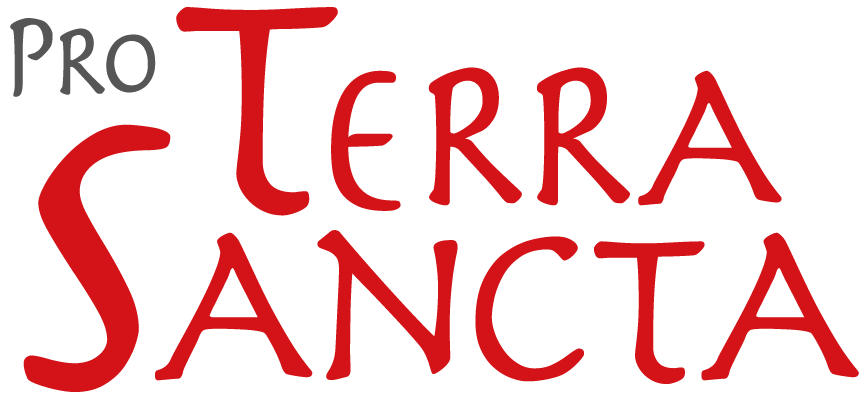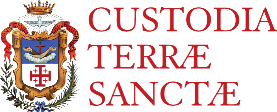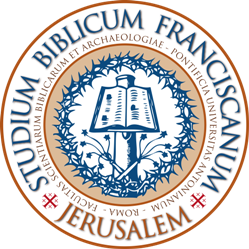Classifying the sacred: Christian iconography in the digital age
We met up with Alix Pras, for whom looking after museum collections is both a passion and a real challenge, given the scale of the project to create the Museum of Christian Art and History in Jerusalem.
“As an Art History and Archaeology student and graduate of the École Pratique des Hautes Études (EPHE-PSL), having the chance to dedicate part of this year and put my skills into practice with the Terra Sancta Museum Art & History collections is a real opportunity for me. The collections are numerous, as are the missions to be carried out. One of them was to index biblical and religious iconography, with the aim of identifying and classifying them according to a specific codification.”

Indexing religious representations: know-how at the service of Christian art
The “IconClass” system originated in the 1940s, under the impetus of Henri Van de Waal. He devised a universal classification system designed to index the subjects and motifs depicted in works of art (religious subjects, episodes from the Bible, living beings, nature, etc.).
This classification has undergone several evolutions over the years. The first complete version was published in 17 volumes between 1973 and 1985. Then, in the 1980s, a digital version was released by the Department of Computer Science and Humanities at Utrecht University, via a stand-alone browser.


The computerization of this iconographic classification system is also a valuable tool for grouping pictorial data. It is proving useful to researchers, image analysis applications and, potentially, the artificial intelligence of our time.
The system is also widely adopted by museum websites, libraries and documentation institutes, giving users access to a vast collection of illustrations and iconography. In the same way, the Terra Sancta Museum Art & History website will be able to offer its users this iconographic documentation base, based on the corresponding codification.
A codified base for putting collections online
The collections acquired by the Franciscans of the Custody of the Holy Land in Jerusalem are grandiose but eclectic (art objects, paintings, numismatics, archival documents, etc.). Consisting mostly of Christian elements illustrating religious scenes, particularly those from the life of Christ, they lend themselves perfectly to IconClass codification.


In concrete terms, this means assigning a specific code to each category of illustration: biblical scenes, religious scenes, royal portraits, ornamental and liturgical decorations, all present in the collections held by the Convent of Saint Saviour of the Custody of the Holy Land.


The code is made up of a capital letter followed by numbers, like the widely used IconClass for the Jerusalem cross, numbered 11D123, and is now included in the work’s entry in the museum database. When the museum’s collections are available online, simply enter this code to find all the objects bearing the Jerusalem Cross seal!
Digital humanities for a shared heritage
This work will also be of use to other institutions, researchers and connoisseurs of this system, for whom it will be extremely practical.
It will facilitate the consultation of biblical scenes and their codification for the documentary archives of the Dominican community, present in the Saint-Etienne Convent and guest students and researchers at the École Biblique et Archéologique Française de Jérusalem (EBAF).
In conclusion, the IconClass classification system initiated in the twentieth century represents an essential tool today for organizing and accessing iconographic information. This particularly relevant approach undertaken by the Terra Sancta Museum Art & History bears witness to its desire to work with a rigorous methodology, to disseminate its unique heritage ever more widely.



